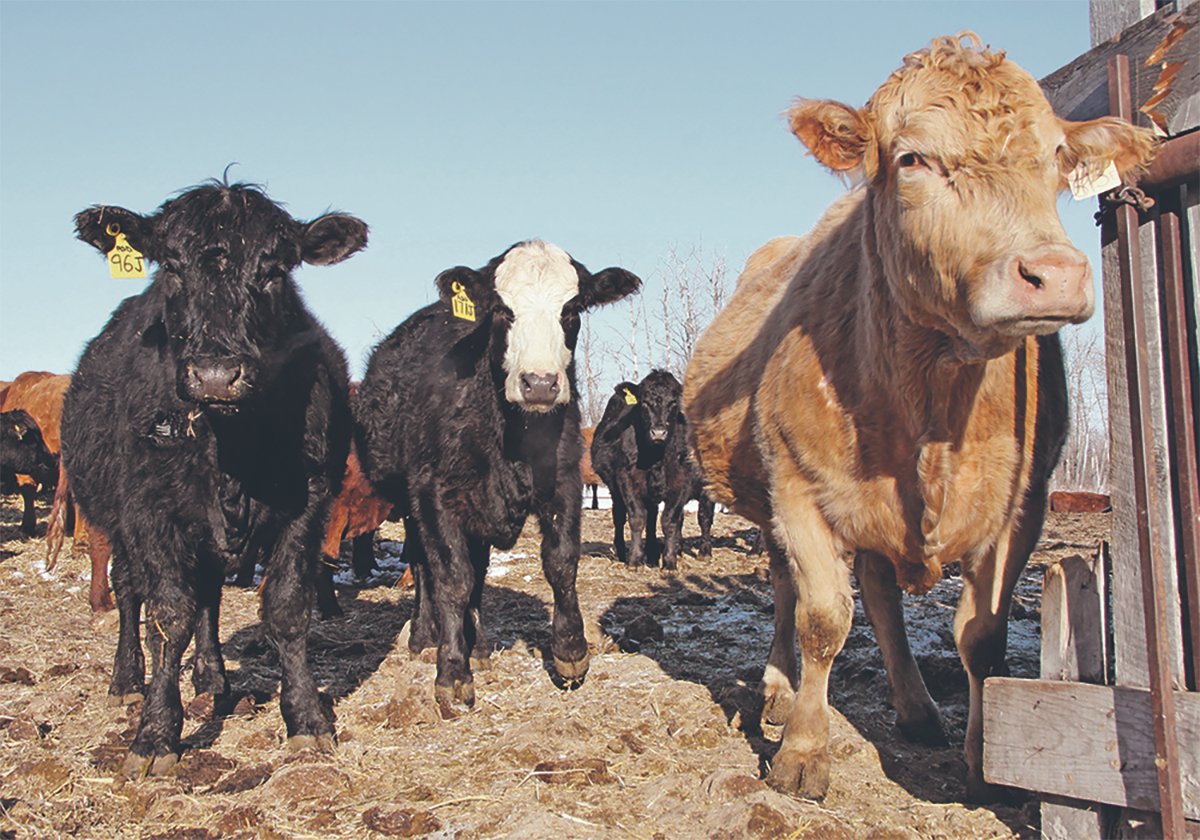Saskatoon newsroom
Feedgrain prices are set to fall in coming years as soybean crush capacity soars in the United States, says an analyst.
Annual crush capacity is expected to grow by 800 million bushels as grain companies capitalize on new policies like California’s Low Carbon Fuel Standard that are promoting the use of soybean-based renewable diesel.
Read Also

Livestock inspection costs increase in Saskatchewan
The Sept. 1 50-cent increase to livestock inspection fees may seem like another hit when everything is going up, but the chief executive officer of Livestock Services of Saskatchewan said producers should consider the value they receive in return.
About 650 million bushels of that new capacity is already being built with the rest to come by 2025.
The existing crush is about 2.2 billion bushels, so the expansion will add another one-third to that total.
“We’re going to have enough meal come on fast enough that the price of meal will go down relative to what it has been,” Marty Ruikka, president of The ProExporter Network, said in a recent webinar hosted by the U.S. Soybean Export Council.
That will drive down the price of U.S. corn distillers grains, which are a substitute for soybean meal in some feed rations.
“You won’t see distillers grains trading at a premium to corn,” he said. “It will probably trade on par with corn.”
That is good news for people in the livestock business. It will result in increased meat production but consumption will stay the same in the U.S. market, so that means more U.S. meat exports.
Ruikka said soybean crush expansion had been occurring in South America and at destination markets like China for a “very long time.”
That trend has come to a halt while the U.S. experiences its growth phase.
“We’re going to be in an adjustment period probably for the next six years and then we’ll get to a new equilibrium,” he said.
The upshot is that the U.S. will export more lower-priced soybean meal to markets around the world for the next few years.
Jake Buekert, chair of the Alberta Cattle Feeders’ Association, said the cattle industry does not use soybean meal but it does import U.S. corn during drought years like last year.
He wonders what effect the expanding U.S. soybean crush will have on corn prices.
“If there’s a lot more demand on the soybean side, we could see less corn acres in the U.S., meaning that corn prices could go up,” said Buekert.
Canadian cattle feeders also import U.S. distillers grains, which typically fetch a 10 to 15 percent price premium over barley due to their protein content.
If Ruikka’s forecast is right, the price of U.S. distillers grains will fall, which would be beneficial for Canadian cattle feeders.
Buekert is concerned about the feed grain that is being gobbled up by the biofuel sector.
Cattle feeders are getting more offers of distiller’s grains and other byproducts of the biofuel process, even in Alberta.
“I just don’t know how much we’re able to feed it going forward but I guess we’ll figure that out as we go,” said Buekert.
“We’re pretty resilient that way. We seem to make something work.”
He questions Ruikka’s assertion that U.S. meat production will rise due to falling soybean prices.
Buekert said that will not be the case in the Canadian cattle industry because it doesn’t use soybean meal. Also, margins in the cow-calf sector are dismal due in part to a lack of meat packing capacity.
Cattle herds are contracting in North America as farmers quit the business and get into grain production, which has been more lucrative of late.
sean.pratt@producer.com


















